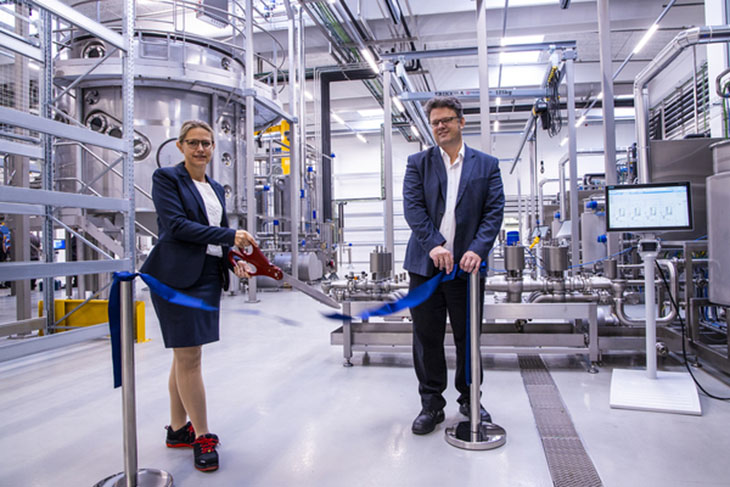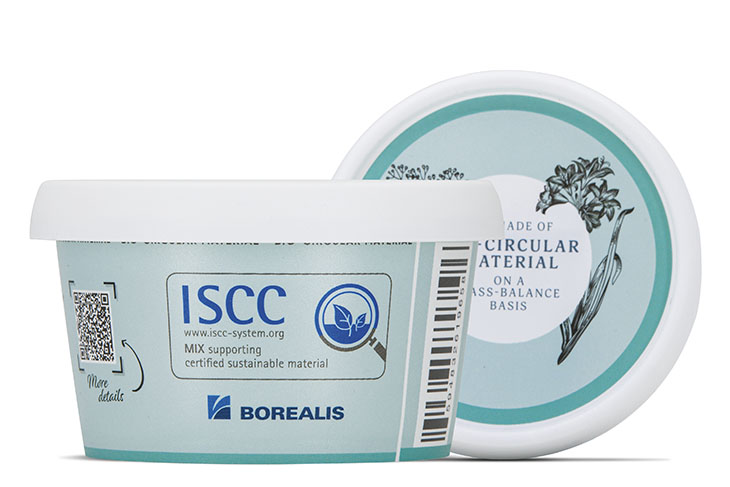What the manufacturing industry is missing today is the ability to convert data into meaningful information during the production process, says Jay Lee, Ohio Eminent Scholar & L.W. Scott Alter Chair Professor, Univ. of Cincinnati. “More data does not mean we can make better decisions. There is a gap between data, information and decisions. In addition, we need to see the quality of a product while the machine is still making it,” he adds.
A speaker at the marcus evans Manufacturing CXO Summit 2013, in Las Vegas, Nevada, September 16-17, Lee discusses what capabilities are missing in manufacturing today.
How is big data challenging manufacturers? How could they overcome those issues?
The amount of data we can generate from various sources is creating many opportunities, but having more data is not enough. We need tools to make better decisions with that data. Right now, a manufacturing company that cares about quality, productivity, throughput and delivery cannot easily converge data to visualize content. It needs tools to visualize product quality before it is even produced. That is what is missing today.
The data management systems most companies use today for payroll, data collection, employee benefits, procurement, customer relations, and so on, were built without any domain knowledge. These systems lack advanced analytics tools, such as advanced correlation, clustering, peer-to-peer reasoning, etc techniques. Whether the company makes automobiles or semiconductors does not change how the data is managed. These software solutions simply provide a framework for data analysis. Data analytics is different from data analysis. Data analytics is to transform data to meaning. These tools do not really exist in manufacturing.
What opportunities are underutilized in this industry?
Many manufacturers get data from devices provided by vendors, such as sensors and controllers, but do not add a robust software inside that can directly analyze the data. The industry is lacking open protocol software where manufacturers can customize their application.
What will it take to achieve this vision that you have of the manufacturing industry and how it can better utilize data?
I define it with “5 Cs”: Collection, Cloud, Content, Community and Cognition. Understanding what data to collect is the first step. Next is Cloud. We do not have to depend on a central database, as a Cloud can analyze data right away. Thirdly, when the data is converted into information, what is the Content you need to know? Doctors can run 40 different tests on a single blood sample, but manufacturers do not do that.
Fourth, Community. We do not use experts every time, so we must share our best practices with colleagues and leverage expertise to help the younger workforce catch up. Lastly, Cognition, so when people visualize information it has meaning for them.
These are the ways in which the industry should develop a systematic way for utilizing data.
How do these impact cost?
At the tip of the iceberg we see cost as being an issue, but under the water lie all the bigger problems of waste, downtime and ineffective utilization of resources. Manufacturers must figure out the invisible evils out there without generating more data just to understand the current data. They should tackle the lower hanging fruit before considering opportunities.
Any final thoughts?
Although the manufacturing environment is always changing, the fundamentals of quality, productivity and competitiveness do not change. Manufacturers need to consider that they do not know, and continuously improve their competitiveness.
Conducted by: Sarin Kouyoumdjian-Gurunlian, Press Manager

























